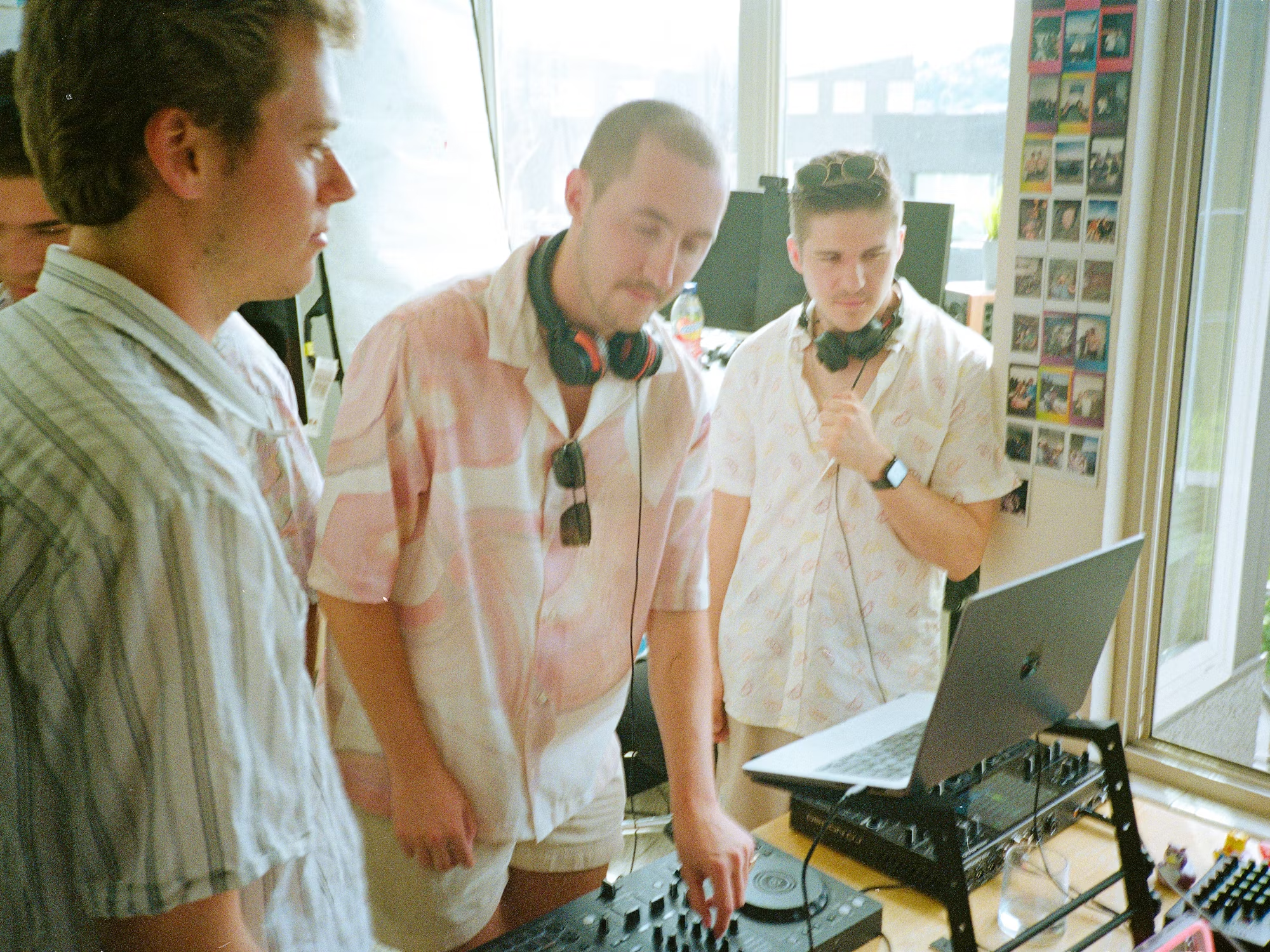Electronic Dance Music (EDM) has become a dominant force in the global music scene, captivating millions with its infectious beats and vibrant culture. The evolution of EDM is a fascinating journey, tracing back to its origins in the late 20th century and expanding into a multitude of subgenres that reflect diverse musical influences and cultural contexts. This article explores the roots of EDM, its major subgenres, and the cultural significance that continues to shape its evolution today.
The origins of EDM can be traced back to the 1970s and 1980s, when early pioneers began experimenting with electronic instruments and synthesizers. Genres like disco laid the groundwork for what would eventually become house music, a genre born in Chicago clubs that featured repetitive beats and soulful melodies. House music quickly gained popularity, evolving through various styles, including deep house, which emphasizes atmospheric sounds and rich basslines, and tech house, which blends elements of techno and house for a more energetic vibe.
As house music flourished, so did the techno movement, which emerged from Detroit in the 1980s. Techno is characterized by its futuristic sounds and complex rhythms, often created using drum machines and synthesizers. Artists like Juan Atkins and Derrick May played pivotal roles in establishing the Detroit techno sound, which has since influenced countless producers and DJs worldwide. Minimal techno later emerged from this scene, focusing on simplicity and subtle changes, inviting listeners into a hypnotic auditory experience.
One of the most prominent subgenres to evolve from the EDM landscape is trance music. Known for its emotive melodies and extended build-ups, trance has captivated audiences with its ability to create euphoric moments on the dance floor. Artists like Armin van Buuren and Above & Beyond have become iconic figures in this genre, crafting anthems that resonate deeply with fans. Progressive trance, in particular, emphasizes melodic evolution, allowing tracks to unfold gradually, creating a journey for the listener.
On the other end of the spectrum lies the explosive world of dubstep, which gained prominence in the 2000s. Known for its heavy bass drops and syncopated rhythms, dubstep initially emerged from the UK garage scene. Brostep, a subgenre popularized by artists like Skrillex, introduced aggressive sounds and melodic hooks that captivated mainstream audiences. Meanwhile, deep dubstep, characterized by its atmospheric and immersive qualities, has been shaped by artists like Burial and Mala, who focus on creating a rich sonic experience.
Drum and bass is another cornerstone of the EDM genre, characterized by its fast tempos and intricate drum patterns. Within this realm, two distinct styles have emerged: liquid funk and neurofunk. Liquid funk emphasizes melodic and soulful elements, blending influences from jazz and funk. Artists like LTJ Bukem and High Contrast are known for their ability to create uplifting tracks that evoke emotion and energy on the dance floor. In contrast, neurofunk dives into darker, more technical territory, showcasing complex sound design and rapid-fire beats. Pioneers like Noisia and Ed Rush & Optical exemplify this style, pushing the boundaries of production and sound.
As EDM continues to evolve, new subgenres have emerged, reflecting the genre’s adaptability and the influence of various musical styles. Electro house, known for its high-energy beats and catchy melodies, has garnered a significant following, with artists like Martin Garrix and Deadmau5 leading the charge. Future bass, a genre marked by melodic elements and uplifting synths, has gained traction through artists such as Flume and San Holo, captivating audiences with their innovative soundscapes.
Trap music has also made its mark within the EDM sphere, blending elements of hip-hop with electronic production. EDM trap features high-energy beats and catchy hooks, appealing to fans of both genres. Artists like RL Grime and Flosstradamus have become known for their electrifying tracks that resonate with festival audiences. In contrast, chill trap offers a more relaxed sound, often incorporating atmospheric elements that provide a soothing listening experience. Artists such as ODESZA and Louis the Child have carved out a niche in this subgenre, creating immersive soundscapes that invite listeners to unwind.
The cultural impact of EDM cannot be overstated. Festivals and events celebrating electronic music have become cultural phenomena, drawing massive crowds and creating communities centered around shared musical experiences. Events like Tomorrowland, Ultra Music Festival, and Electric Daisy Carnival showcase a diverse array of EDM subgenres, allowing attendees to immerse themselves in a vibrant world of sound. These festivals not only highlight the artistry of performers but also foster connections among fans, creating a sense of belonging and unity.
Moreover, the rise of social media and streaming platforms has transformed the way artists connect with their audiences. DJs and producers can now share their music and engage with fans directly, leading to a more democratized music scene. This accessibility has allowed emerging artists to gain recognition and build their brands, contributing to the ever-expanding EDM landscape.
In conclusion, the evolution of EDM is a testament to the genre’s resilience and adaptability. From its roots in house and techno to the diverse array of subgenres that exist today, EDM continues to captivate audiences worldwide. As artists innovate and experiment with new sounds, the future of EDM looks bright, promising to push boundaries and create new cultural moments that resonate with fans for years to come. Whether through euphoric trance melodies, explosive dubstep drops, or the infectious grooves of house music, the world of EDM offers a vibrant musical journey that invites all to join in the celebration of sound.



